Space news stories
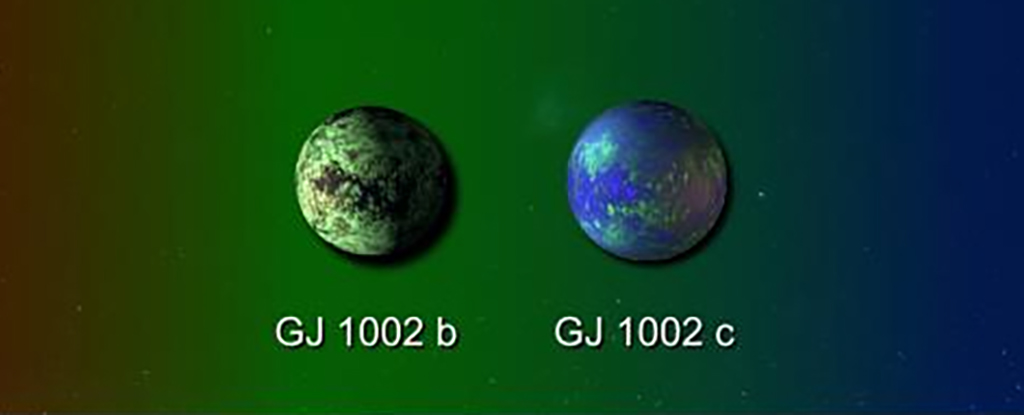
In the search for life on other planets, a couple of promising leads have just opened up: Astronomers have identified two worlds with Earth-like masses, sitting in the habitable zone around a red dwarf star called GJ 1002.
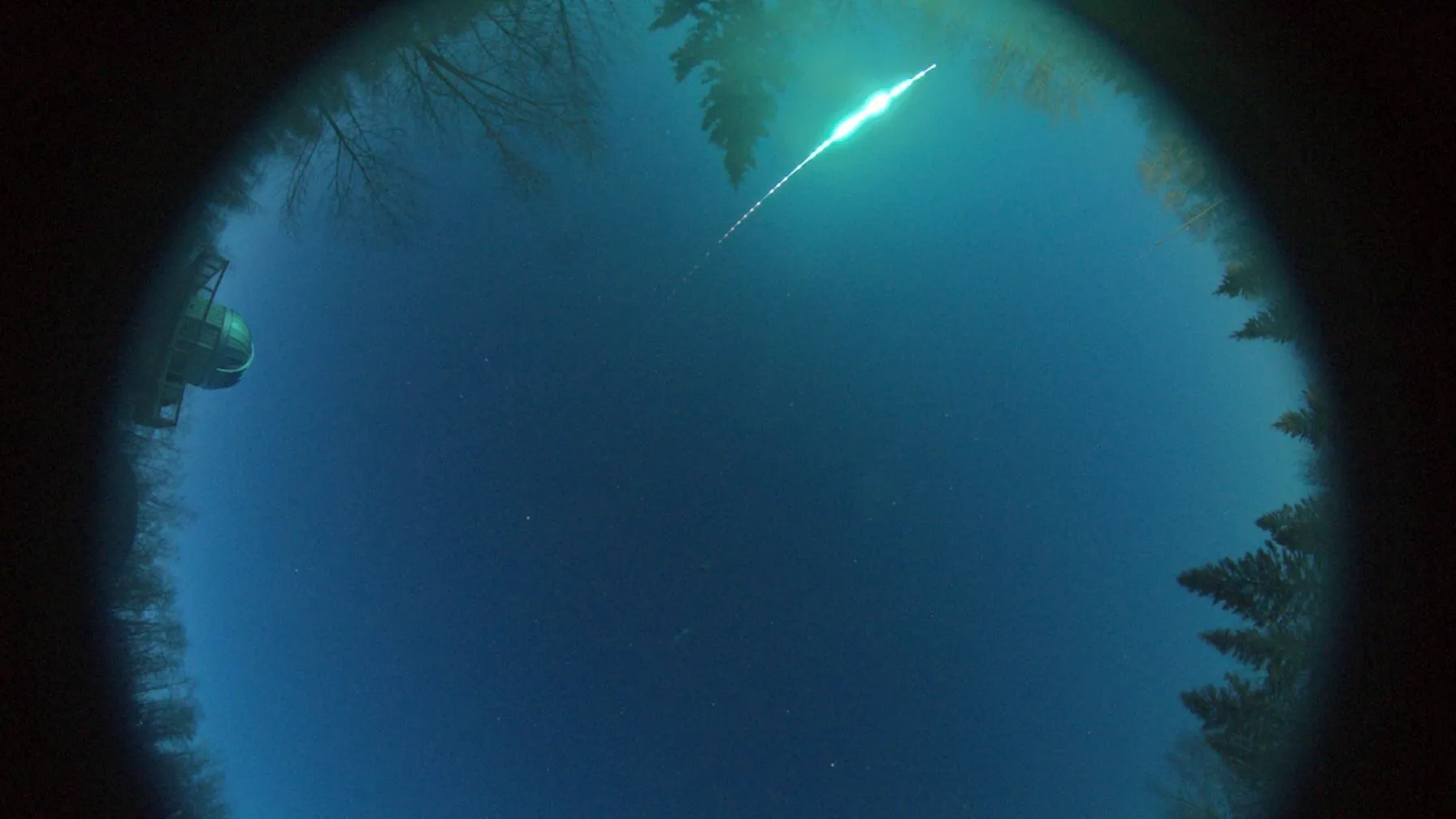
A dazzling fireball that ended its cosmic journey over central Alberta, Canada could change astronomers’ understanding of how the solar system formed 4.5 billion years ago.
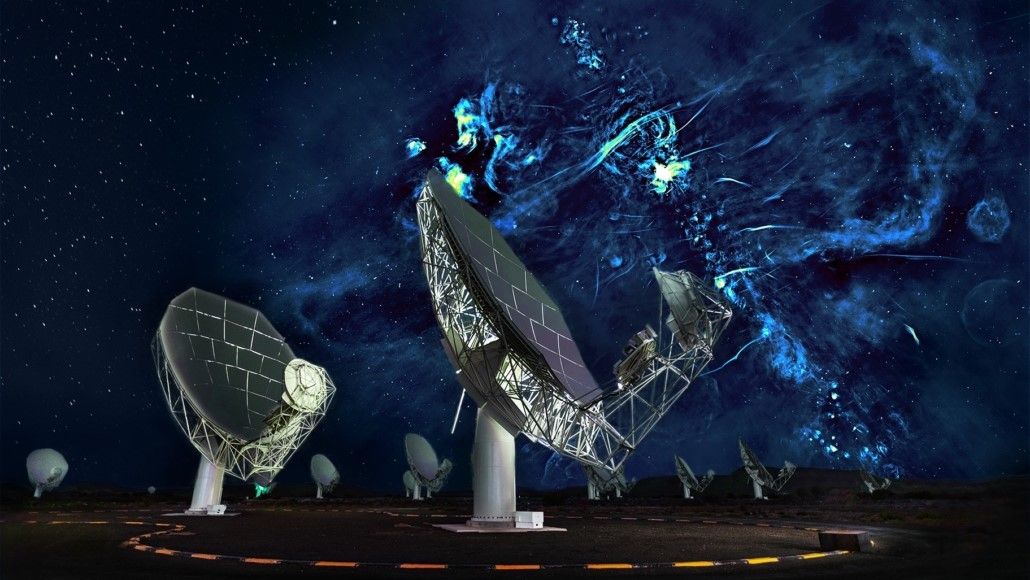
Astronomers searching for radio signals that could be signs of extraterrestrial life have just gained access to South Africa’s MeerKAT telescope.
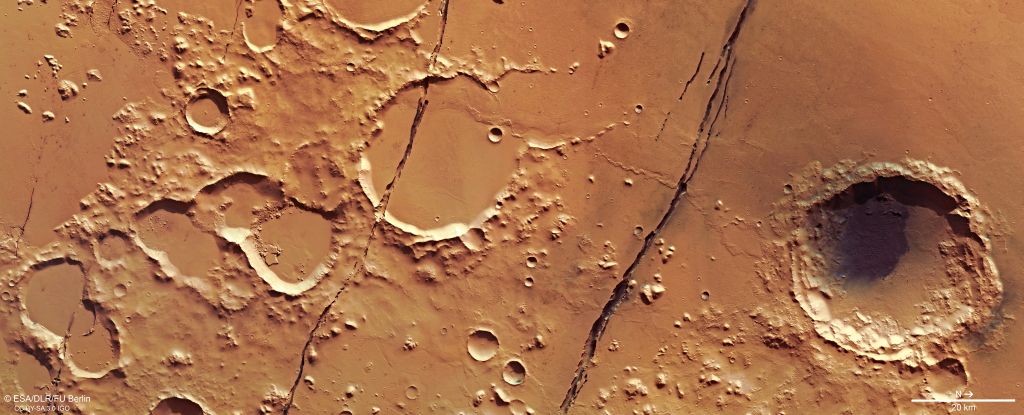
Scientists may have just identified the culprit behind signs of recently active volcanism on Mars. Beneath a broad plain called the Elysium Planitia, a colossal, 4,000-kilometer (roughly 2,500-mile) wide convection plume in the Martian mantle could be driving molten magma up as far as the surface.
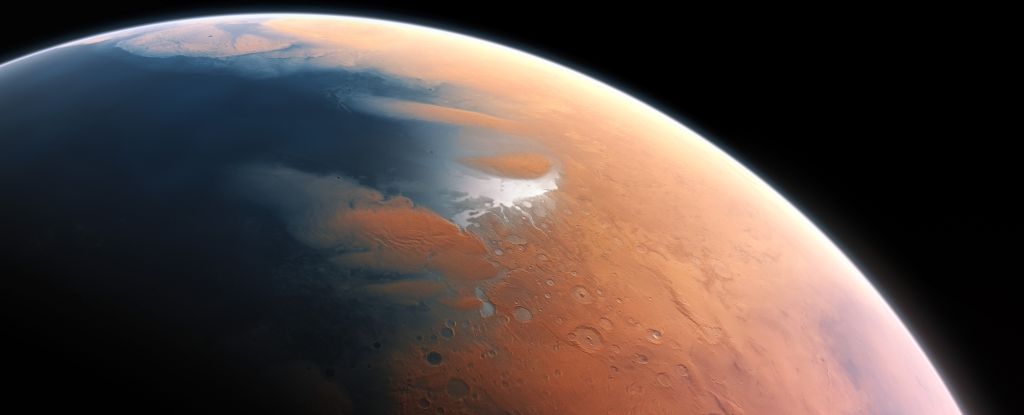
Multiple lines of evidence suggest that Mars wasn’t always the desiccated dustbowl it is today.In fact, the red planet was once so wet and sloshy that a megatsunami was unleashed, crashing across the landscape like watery doom. What caused this devastation? According to new research, a giant asteroid impact…
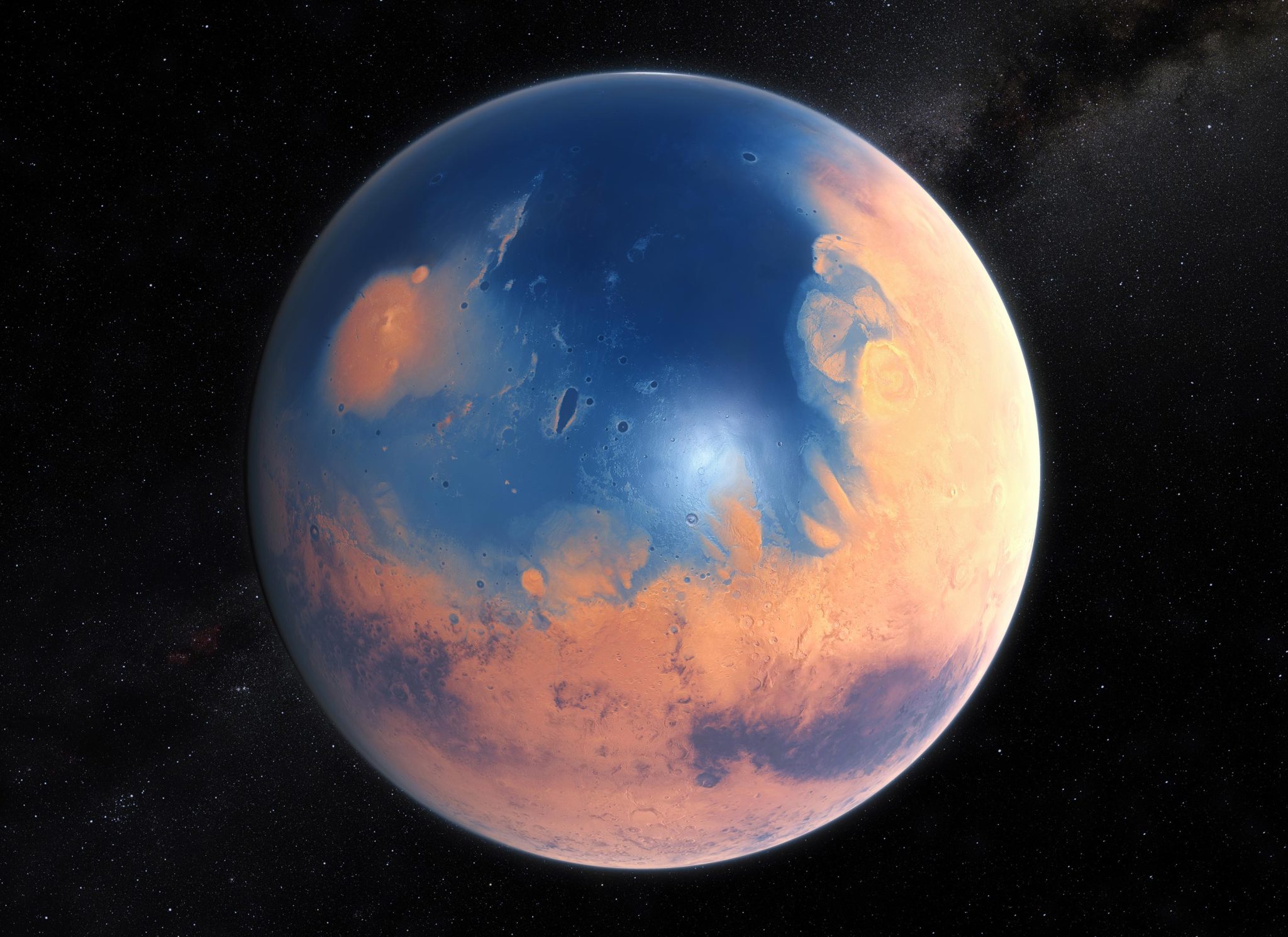
A new study reveals that Mars was born wet, with a dense atmosphere allowing warm-to-hot oceans for millions of years. This discovery was recently published in the journal Earth and Planetary Science Letters.
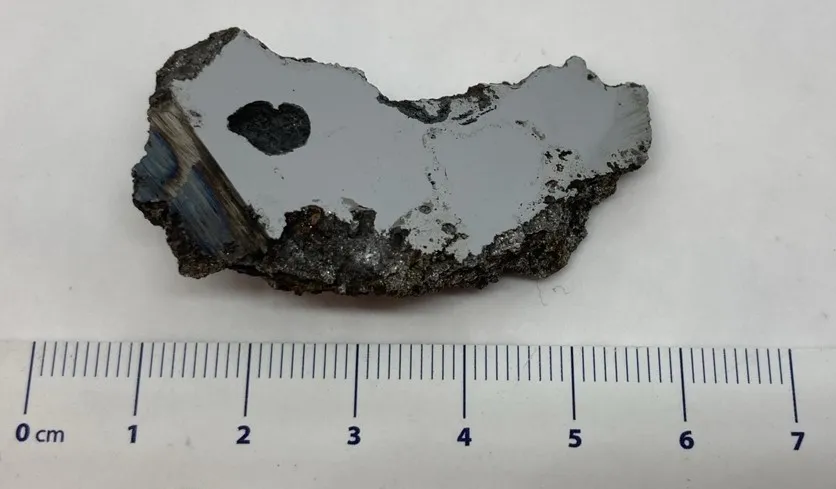
Two minerals that have never been seen before on Earth have been discovered inside a massive meteorite in Somalia. They could hold important clues to how asteroids form.

According to a new study by an international team of planetary scientists, Mars may have had enough water 4.5 billion years ago to cover it in a global ocean up to 300 meters (almost 1,000 feet) deep.

Physicists have long struggled to explain why the Universe started out with conditions suitable for life to evolve. Why do the physical laws and constants take the very specific values that allow stars, planets, and ultimately life to develop?
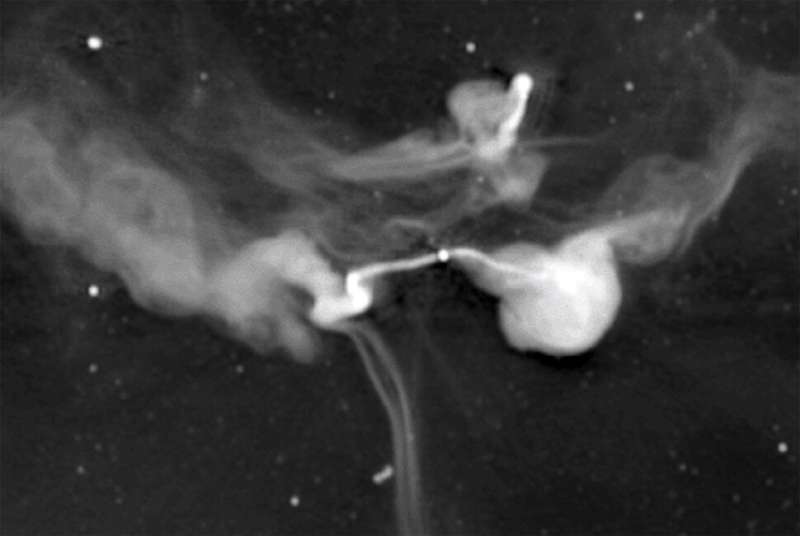
Northwestern University astrophysicist Farhad Zadeh has been fascinated and puzzled by a family of large-scale, highly organized magnetic filaments dangling in the center of the Milky Way ever since he first discovered them in the early 1980s.

The annual Leonid meteor shower will peak this week as Earth passes through the trail of icy, rocky debris left behind nearly 30 years ago by the comet Tempel-Tuttle.

4.6bn-year-old rock that crashed on to a driveway in Gloucestershire last year has provided some of the most compelling evidence to date that water arrived on Earth from asteroids in the outer solar system.
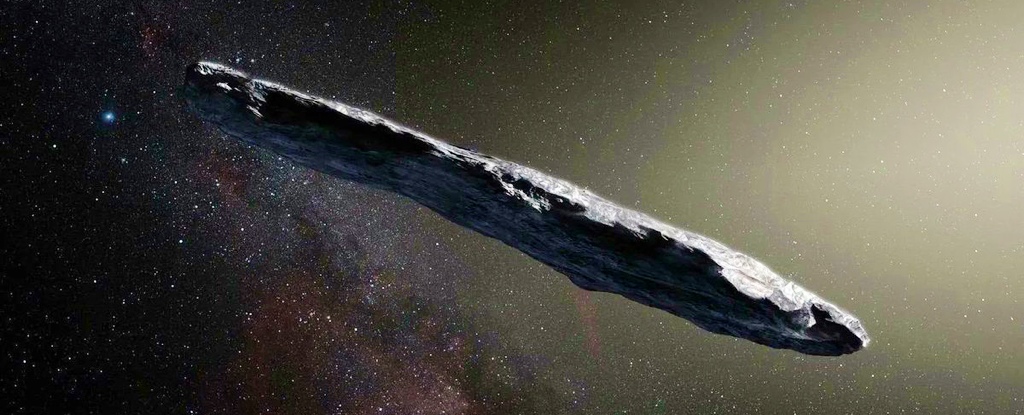
We finally have the technological means to detect interstellar objects. We’ve detected two in the last few years, ‘Oumuamua and 2I/Borisov, and there are undoubtedly more out there.
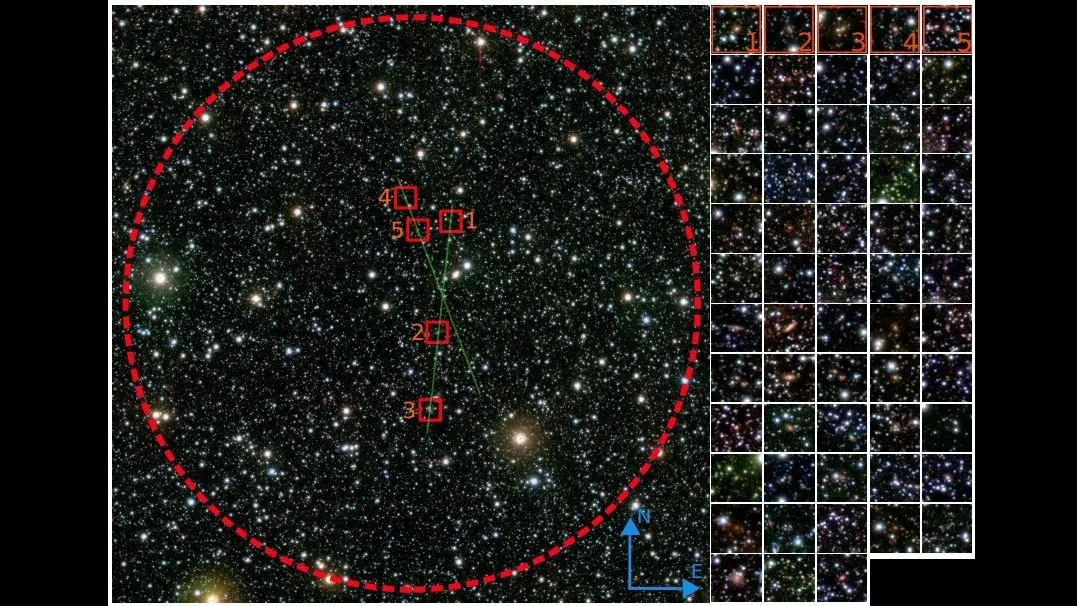
An uncharted region of space known as the “zone of avoidance” lurks behind the Milky Way’s center – and astronomers just found an enormous, multi-galaxy structure there.
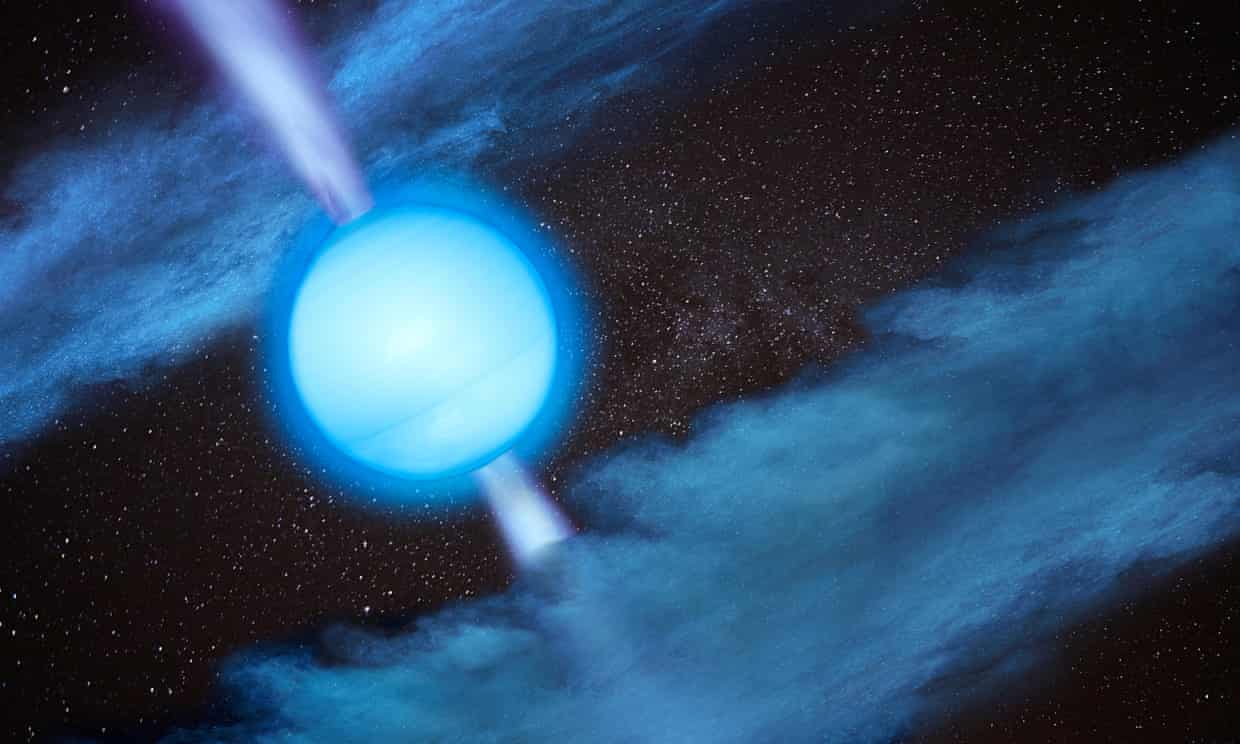
An “overweight” neutron star has been observed by astronomers, who say the mysterious object confounds astronomical theories.
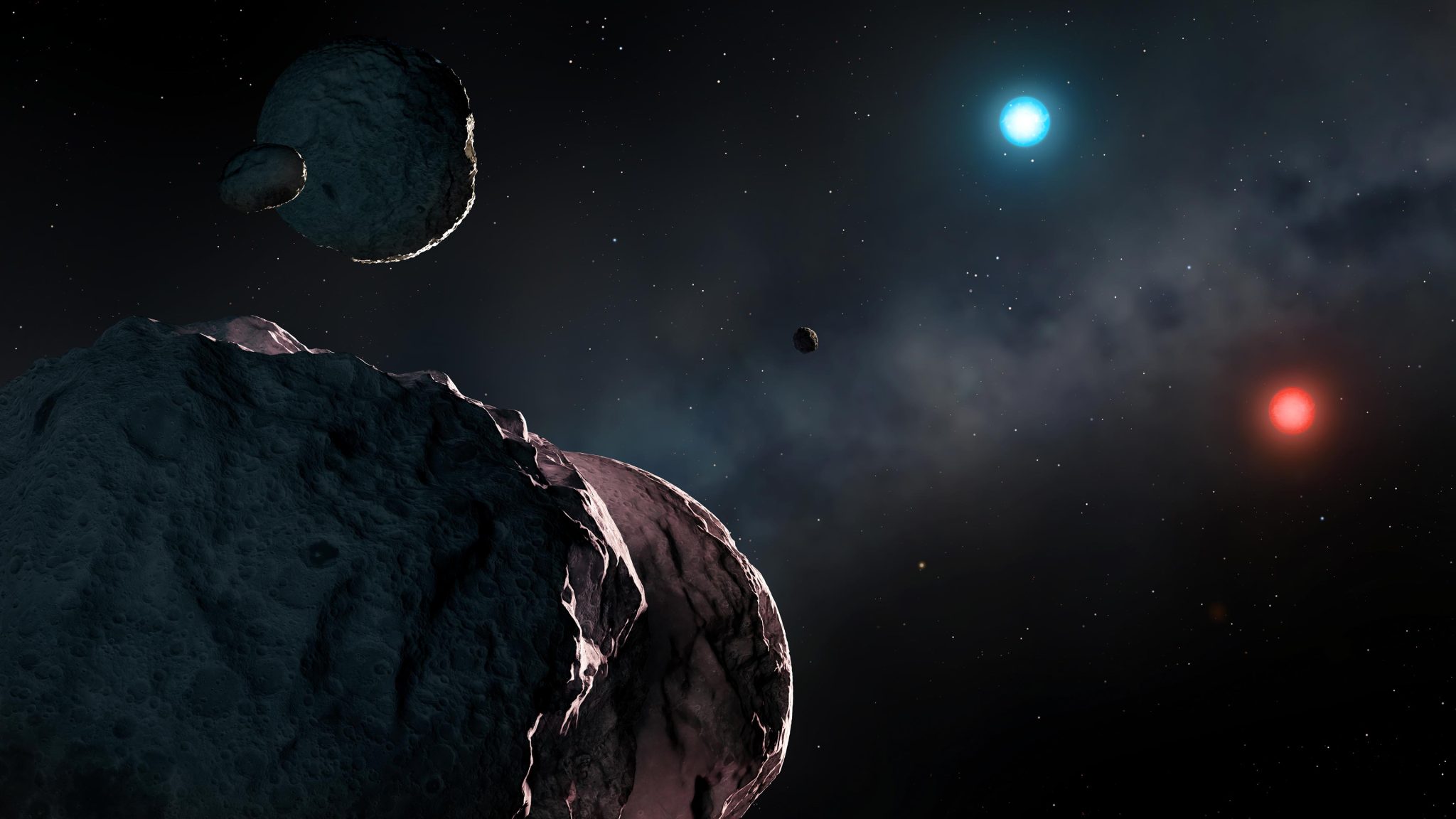
Their findings conclude that a faint white dwarf located just 90 light-years from Earth, as well as the remains of its orbiting planetary system, are over ten billion years old. Led by the University of Warwick, the study was published on November 5 in the Monthly Notices of the Royal Astronomical Society.








